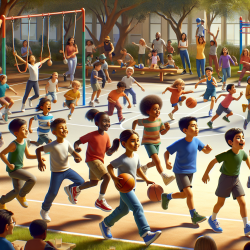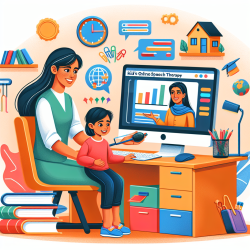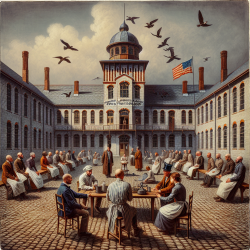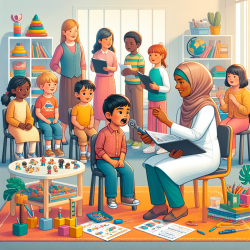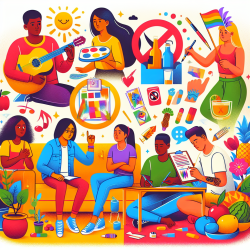Introduction
In the realm of child development, motor competence (MC) is a cornerstone for fostering lifelong physical activity and overall health. A recent exploratory study titled Biopsychosocial and Environmental Correlates of Children’s Motor Competence: An Exploratory Study delves into the multifaceted factors influencing MC from a biopsychosocial-ecological perspective. This blog aims to guide practitioners in enhancing their skills by implementing the study's findings or encouraging further research.
Key Findings from the Study
The study assessed 355 children with an average age of 7.5 years, examining their motor competence through the PLAYfun tool. It revealed that most children were at an emerging MC level, with those at a competent level engaging in more daily moderate to vigorous physical activity (MVPA). Notably, parental logistical support emerged as a significant positive influence on overall MC across genders.
Gender-Specific Correlates
The study highlighted distinct gender patterns in the correlates of MC and fundamental movement skills (FMS). For boys, time spent in sports or instructor-led physical activities had a significant positive impact on MC and specific FMS categories like locomotor and balance skills. Conversely, the aesthetic design of school grounds was more influential for girls, enhancing their overall MC and specific skills such as upper body control.
Practical Implications for Practitioners
- Encourage Parental Involvement: Practitioners should engage parents in providing logistical support for their children's physical activities, as it positively impacts MC regardless of gender.
- Design Gender-Sensitive Interventions: Tailor physical activity programs to address gender-specific needs, such as focusing on outdoor play and sports for boys and enhancing school ground aesthetics for girls.
- Utilize School Environments: Advocate for school ground designs that promote physical activity, particularly for girls, to enhance their motor skills development.
Encouraging Further Research
While this study provides valuable insights, it also underscores the need for further research, particularly longitudinal studies, to better understand the dynamic relationships between biopsychosocial factors and MC. Practitioners are encouraged to explore these areas to develop more effective interventions.
To read the original research paper, please follow this link: Biopsychosocial and Environmental Correlates of Children’s Motor Competence: An Exploratory Study.
